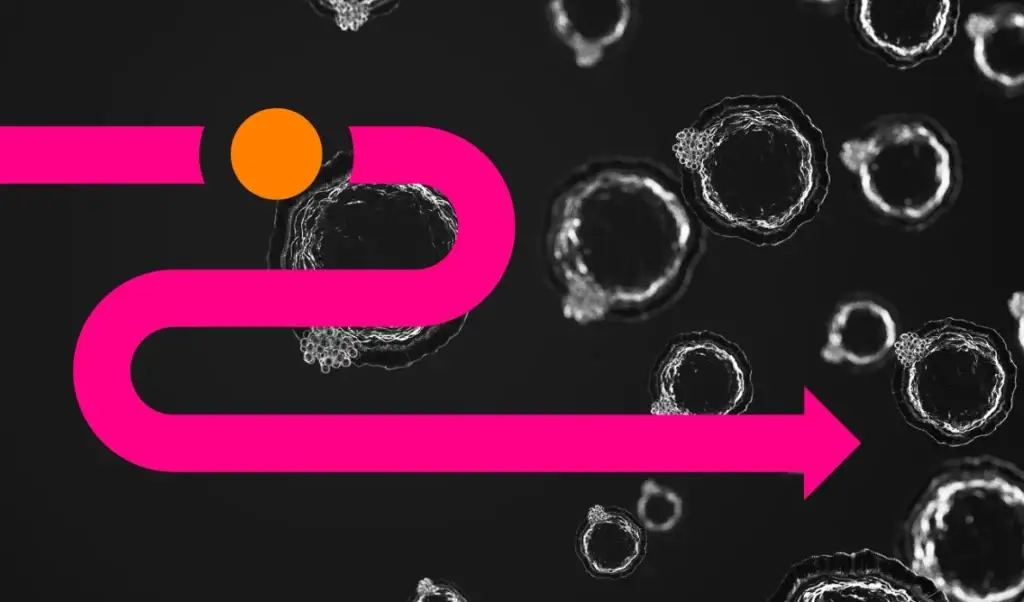Two Ways Your Website Bounce Rate is Actionable
Written by:
Date:

Since high bounce rates identify pages and marketing activities that are key points of failure, fixing them is a step toward increased content consumption, goal completions and transactions. Because bounce rate measures customer behavior, “the most holy of the holy goals in measurement”, says Avinash Kaushik, author of Web Analytics 2.0, “it’s actionable on multiple levels, especially at identifying the low-hanging ‘fix me now’ fruit”.
Bounce Rate is Actionable, and You Should Act!
In this post we’ll discuss what you can (and should!) do to move your bounce rate in the right direction and better engage website visitors. To drill down, we’ll look at two especially important report types: the bounce rate for your top ten landing pages and the bounce rate for your paid campaigns.
Which Google Analytics reports show you what needs fixing?
The Landing Pages report (Behavior > Site Content > Landing Pages) should be your first port of call because it shows the most popular entrance pages for your visitors. Direct your attention immediately to any page in your top ten list that exceeds the site average or is over 50%. Beyond any obvious fixes—such as broken links, images not loading, or slow page load times—you should assess possible disconnects between the source(s) referring traffic to the page versus the content on the page itself. Perhaps you’ve incorrectly aligned page content with your advertising or advocacy messages. If the landing page does not match the expectations of visitors affected by the marketing campaign, your bounce rates (and the ROI of your paid efforts) will suffer.
Finally, evaluate your Paid Search (Search Engine Marketing, or SEM) effectiveness: take a look at the top 25 paid search keywords driving traffic to your site and their bounce rates (Acquisition > Campaigns > Paid Keywords). Here you can view a crucial element that’s less evident with other sources: intent. The customer is telling you why they are visiting, and higher-bounce keywords are a red-flag for landing pages missing the mark. Improve as required: either stop bidding on those keywords or do a deep-dive analysis and add what’s missing.
One note of caution: although single-page sessions (which frequently translate to high bounce rate sessions) are generally considered suboptimal, there are certain pages for which high bounce rates aren’t necessarily a problem. Consider: when somebody Googles yourwebsite + phone number, yourwebsite + investors, or yourwebsite + job openings, Google directs them to the appropriate page on your website and they will likely find the required information immediately and leave the site.
Did you miss Part One? Read it here: THE SIGNIFICANCE BEHIND THE BOUNCE RATE METRIC IN GOOGLE ANALYTICS
You may also like
All rights reserved Privacy Policy






